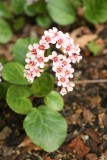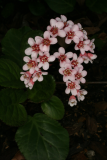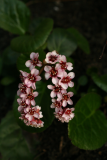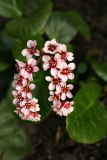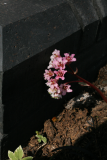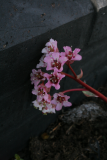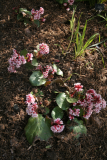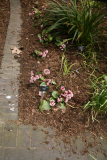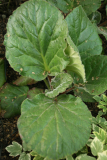Bergenia Moench. Saxifraginaceae. Elephant's ears. Named for Karl August von Bergen (1704-1759), physician and botanist, professor at Viadrina University, Frankfurt.
Oakeley, Dr. Henry F. (2013). Wellcome Library notes.
link
The juice of the leaves is used as drops to relieve earaches.
The root is used as a tonic in the treatment of fevers, diarrhoea and pulmonary affections. The root juice is used to treat coughs and colds, haemorrhoids, asthma and urinary problems.
Plants for a Future (2020) https://pfaf.org/user/plant.aspx?latinname=Bergenia+ciliata
Bergenia ciliata (Haw.)Sternb. Saxifraginaceae. Elephant's ears. Named for Karl August von Bergen (1704-1759), physician and botanist, professor at Viadrina University, Frankfurt. Has hairy leaves, hence ciliata. Distribution: E. Afghanistan, Himalayas, Assam. Used for fevers, diarrhoea, bruises and boils, coughs, renal stones, diabetes, heart disease, haemiorrhoids, stomach disorders (Harish et al www.ijabpt.com). Published 1820s so no early literature.
Oakeley, Dr. Henry F. (2013) Wellcome Library notes.
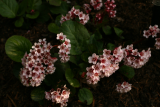
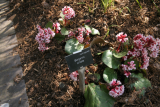
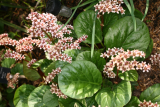
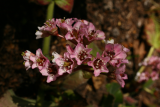
.JPG)
.JPG)
